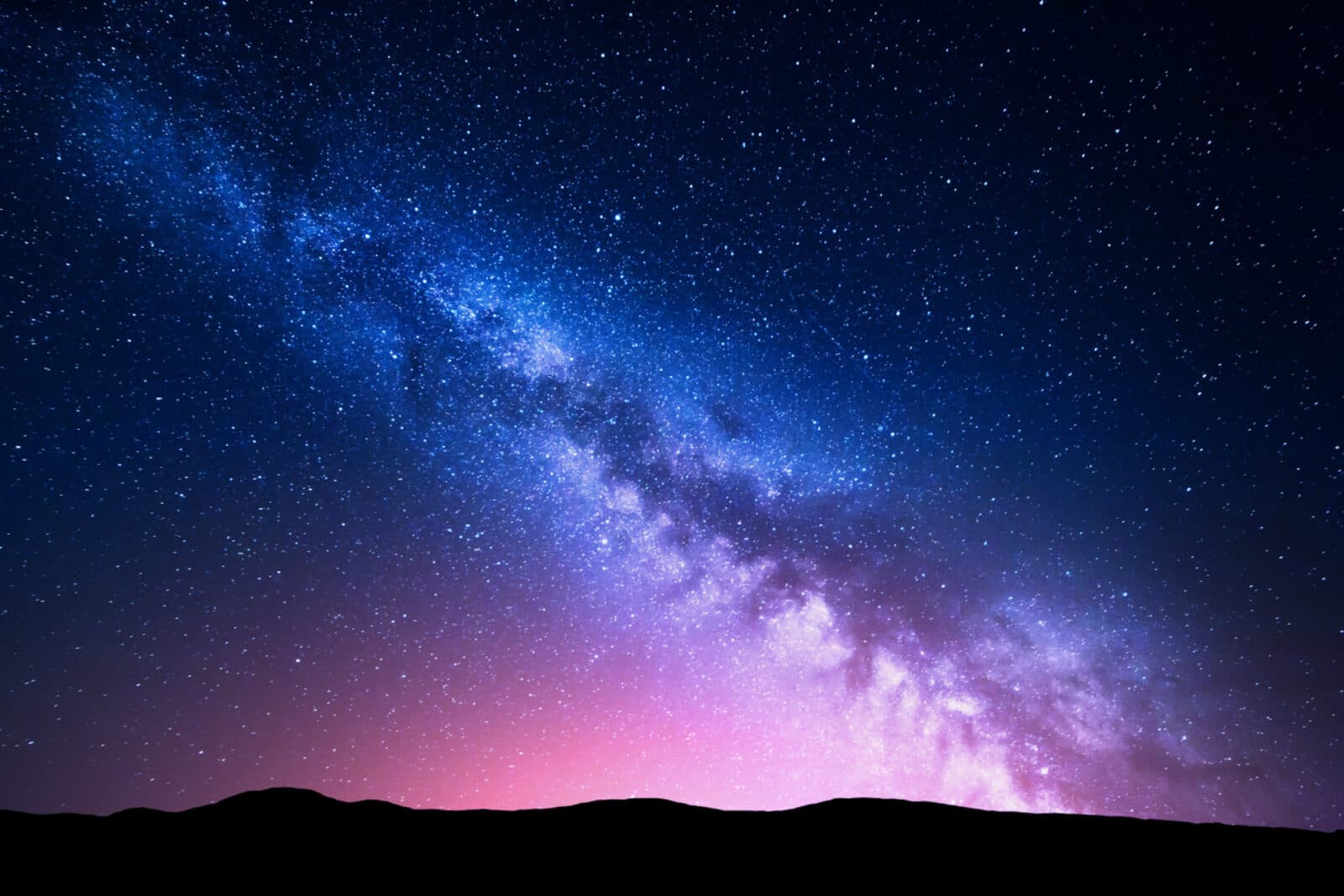The Via Project
The Milky Way as a Dark Matter Laboratory

For a cosmologist like Risa Wechsler, professor of physics at Stanford University and director of the Kavli Institute of Particle Astrophysics and Cosmology (KIPAC), the questions surrounding dark matter are a driving force. We know it comprises 85% of the total mass of the universe, but we know little else about it. And that’s precisely why she and her colleagues are excited about the possibilities for the Via Project, which will pursue a critical test of cold dark matter theory.
“One of the best places to study dark matter for a cosmologist like myself is close to home,” said Wechsler. “So the Via Project is looking to do a really detailed study of our own Milky Way Galaxy.”
The Kavli Foundation awarded Stanford and KIPAC $5M to join this groundbreaking project. The team at KIPAC, led by Wechsler and Stanford assistant professor of physics Susan Clark, will work with teams at Harvard University, the Smithsonian Astrophysical Observatory, Carnegie Observatories, and Yale University to build and deploy a set of twin multi-object spectrographs called ViaSpec for the MMT (United States) and Magellan (Chile) 6.5-m telescopes. Their placement in the northern and southern hemispheres will allow for a full view of the sky.
“Via will deliver an unprecedented view of the galaxy and is poised to answer fundamental questions about the nature of the universe,” said Charlie Conroy, a professor at Harvard and co-PI for the Via Project. “It also happens to be an immensely fun collaboration!”
The goals of the Via project include detecting cold dark matter halos within the Milky Way, mapping cold gas in the Milky Way, and identifying and characterizing Milky Way satellite galaxies.
One of the novel ways the Via project will search for signs of dark matter is in the aftermath of galactic collisions. A large galaxy like the Milky Way has encountered many smaller galaxies throughout its 13.8-billion-year lifespan. As those smaller galaxies are disrupted and pulled apart, they leave a trail of stars in their wake. Those trails, called streams by cosmologists, can then interact with dark matter in a way we can measure: if clumps of dark matter collide with those small, pulled-apart galaxies, it should create holes in the streams.
“If we find these holes, this will be a huge confirmation of our current understanding of dark matter, and it will completely rule out a whole bunch of alternatives. If we don't find these holes, it's almost even more exciting because that would mean that our current model of dark matter cannot be right because it definitely predicts these holes should exist,” said Wechsler.
Another mystery that Via will help investigate is the distribution of cold gas in the Milky Way, including an intriguing population of clouds of gas above the plane of the disc of the Milky Way that are moving at velocities inconsistent with the rotation of the galactic disk below. Are these high velocity clouds primordial gas left over from the formation of the galaxy? Or perhaps gas condensing from the surrounding hot medium? Or did they result from gas being spewed up from the galactic disc that will eventually fall back down and feed future stars?
This is of particular interest to Susan Clark, whose group is creating new methods to map these structures based on the data coming back from Via, as it measures sodium absorption in the gas as it’s backlit by stars. This will enable far more detailed measurements of the distances to these gas clouds than has ever before been possible, which also will enable scientists to calculate the clouds’ masses and other properties. In turn, understanding the galaxy’s cold gas will shed new light on the evolution, form, and future of the Milky Way.
“There are these big, exciting, open questions that we need a completely new window to be able to answer. We need to develop new methodologies that let us really use all of the data in an optimal way,” said Clark. “And that's a fun challenge.”
With a planned survey beginning in 2027, the Via Project would also be able to leverage data from the Rubin Observatory’s Legacy Survey of Space and Time (LSST), allowing researchers to make more detailed measurements of stars and galaxies found through the LSST, as well as the many transients (bodies that vary in brightness over time) expected to be detected by LSST.
“Stanford got excited about this project right in the beginning of its design, and we were really looking for ways we could make that happen,” said Wechsler. “Now we have a small and nimble team that really should be able to do this science kind of with the urgency that it needs. And I think that's something that just would not have been possible without The Kavli Foundation.”